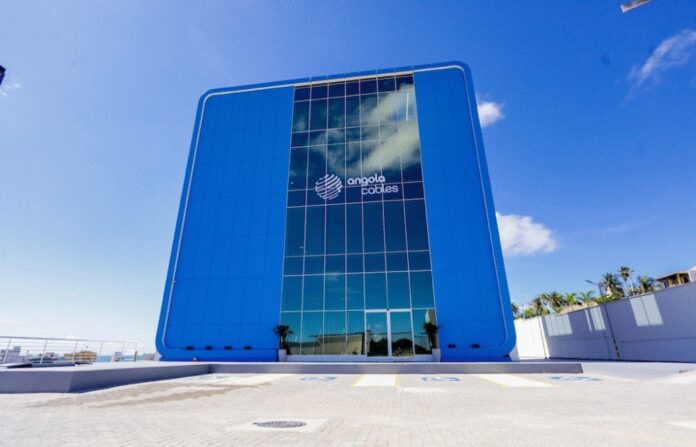Camtel and Angola Cables act on their agreement to develop business opportunities in West Africa and the Atlantic region
Angola Cables has partnered with Cameroon’s incumbent telecommunications operator, Camtel to expand digital and connectivity services in Cameroon and the West Africa region.The agreement follows an intent by both companies to develop business opportunities in West Africa to boost redundancy, network resilience and the quality of services (QoS) both nationally and internationally.
Taking advantage of the subsea cable connections of SACS, West Africa Cable System (WACS) and Monet within the backhaul network of Angola Cables – and the added connectivity provided by Camtel on the South Atlantic Inter Link (SAIL), the operator said businesses will have extended capacity options with a better traffic access to West Africa local and regional networks through Angola Cables and Camtel’s PoPs.
Camtel owns, and operates networks including: a national backbone fibre connectivity with the CEMAC region including Nigeria, Chad, Central Africa Republic, Democratic Republic of Congo, Congo, Gabon, and Equatorial Guinea through its multiple submarine cables (SAIL, WACS, SAT3 and NCSCS) landing at three stations with gateways, a Tier III designed data centre in Yaounde – Zamengoe, and three satellite ground stations. The operator is also working on the West to East Africa initiative – WE-Africa-NA – a high-speed digital corridor connecting the Gulf of Guinea to the Horn of Africa.
Transatlantic routes
In addition to its subsea connectivity Angola Cables also operates two data centres, AngoNAP Fortaleza Tier III (Brazil) and AngoNAP Luanda (Angola). The operator also manages PIX in Brazil and Angonix Angola – one of the largest Internet Exchange Points (IXPs) in Africa.
In January, Angola Cables announced plans to invest up to 400mn reais ($80m) to build a second data centre in Brazil’s Fortaleza, the state capital of Ceará. The operator has two submarine cables landing in the area: South Atlantic Cable System (SACS), launched in 2018, and Monet, activated in 2017 and operated in a consortium with Uruguay’s Antel, Brazilian Algar Telecom and Google.
SACS was built by NEC and connects Fortaleza to Angolan capital Luanda through a 6,200km sub-sea route. There, it interconnects with another Angola Cables submarine cable system, the WACS (West Africa Cable System), which links Angola with South Africa and the UK. Monet connects Fortaleza to the Brazilian city of Santos and to Miami, spanning more than 10,000km.
West Africa’s WACS cable system was repaired earlier this week after being damaged in a suspected undersea landslide that impacted four cables off the West coast of Africa earlier this year. The WACS cable is the third of the four impacted cables to be restored, with only one cable, MainOne, now awaiting repair. The outages have sent African operators scurrying to build further resilience in their routes.
“The partnership once the necessary due diligence has been completed, could transform internet connectivity and data transmission in West Africa,” said Fernando Fernandes, the Nigerian country manager of TelCables West Africa, a subsidiary of Angola Cables. “For users, it will help to secure connectivity, trade, boost economies and help expand as well as grow businesses across the region.”
“Our strategic intent is to build on the robust backhaul connectivity of the Angola Cables network, and the existing interconnections we have in place with other submarine cables connecting the region and the world, to provide flexible and secure value added services for our clients and businesses,” said Camtel CEO Judith Yah Sunday Epse Achidi.



